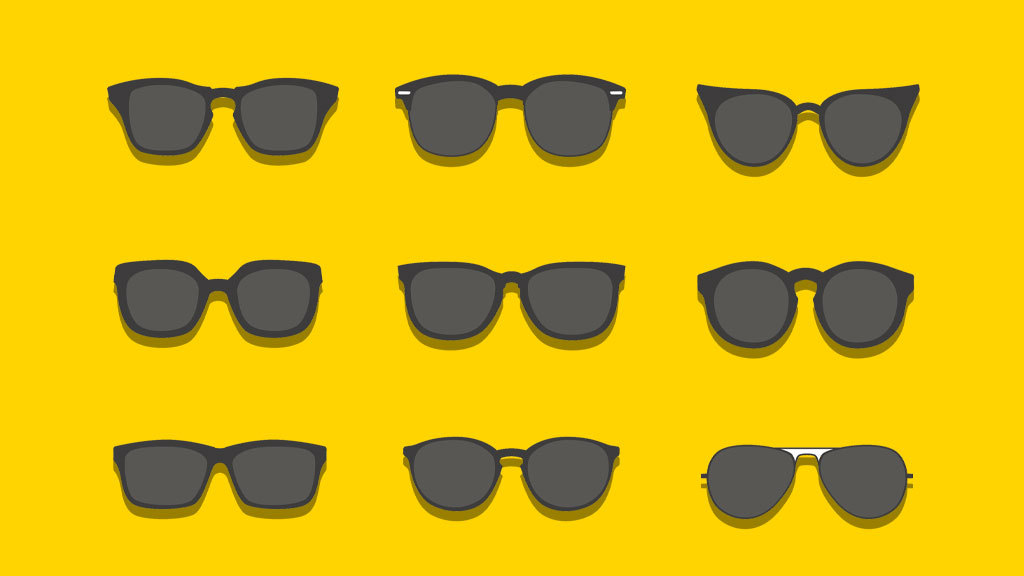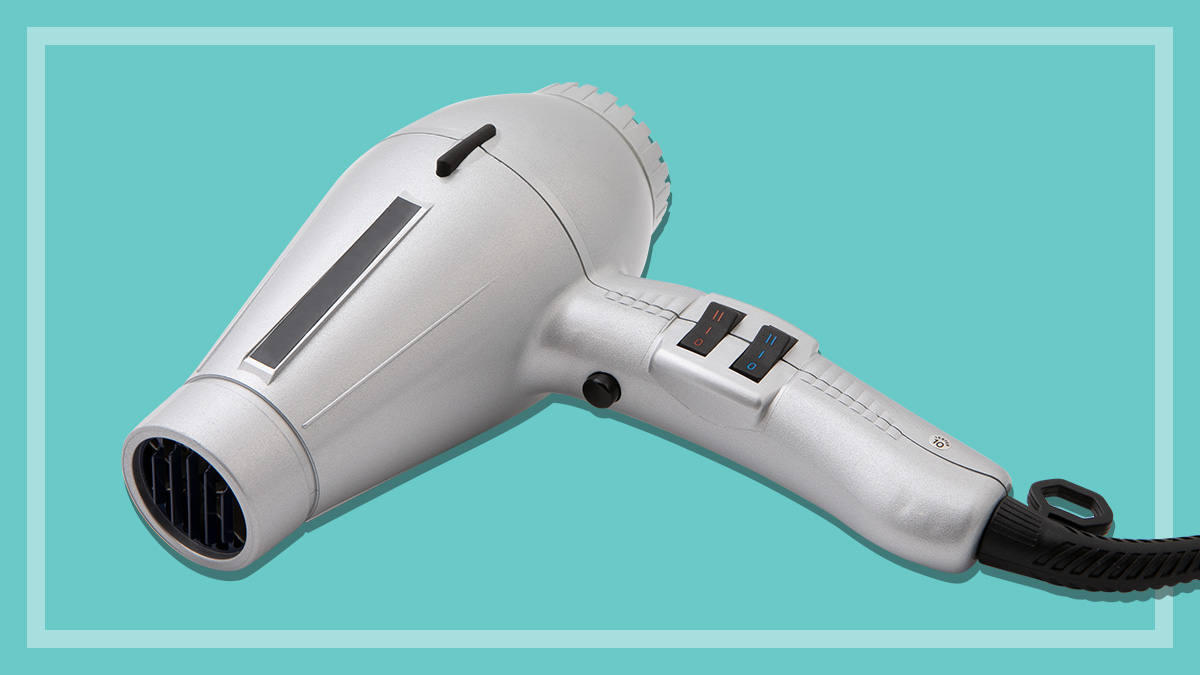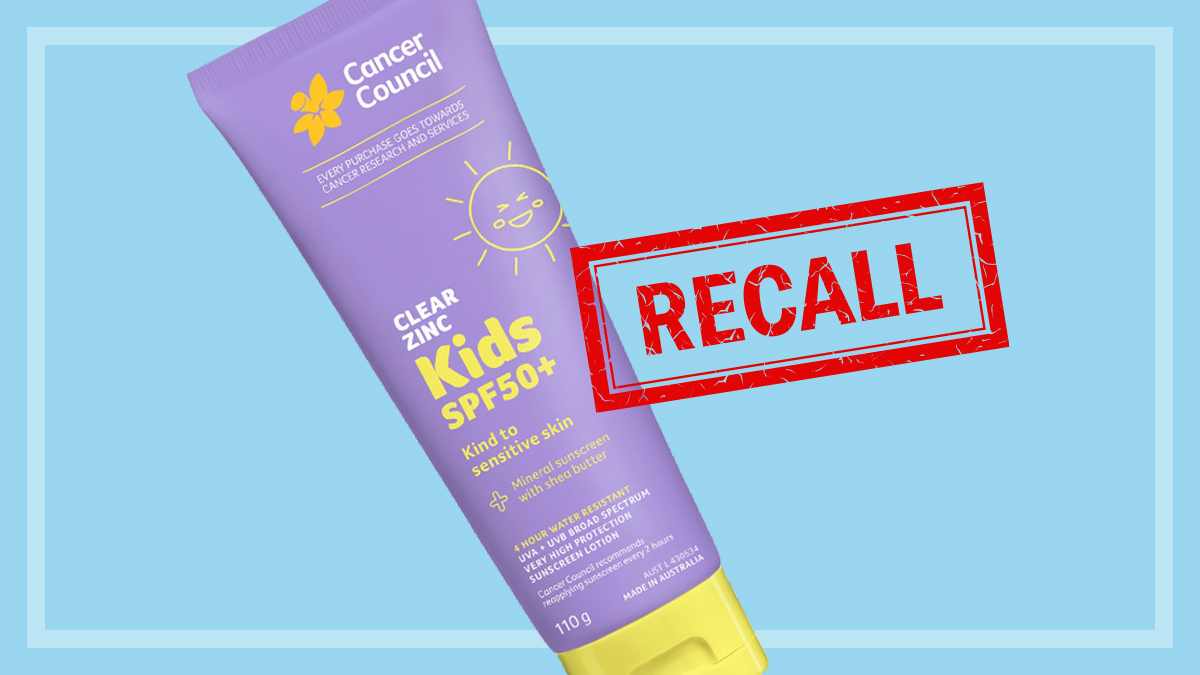Get our independent lab tests, expert reviews and honest advice.
How to buy the best sunglasses

Most of us know how important sunscreen and hats are for UV protection outdoors, but a decent pair of sunglasses is just as critical. And there’s no shortage of options when it comes to buying new sunnies.
You can splash out on expensive designer shades, grab a pair from your favourite store, or go for some cheapies at your local chemist or service station. But sunglasses are a preventive health product and not all of them are created equal.
This guide will give you advice on what to look for when buying sunglasses. There’s no current review of this product.
Sunglasses offer vital protection
Repeated exposure to UV radiation can cause a number of serious (and seriously icky) eye problems, including cataracts, pterygiums (overgrowth of tissue from the white of the eye onto the cornea), solar keratopathy (cloudiness of the cornea), cancer of the conjunctiva, and skin cancer of the eyelids.
And it’s just as important to protect children’s eyes from the sun with sunglasses (as soon as you can convince them to keep them on); UV exposure in childhood is related to skin problems later in life, and it’s likely to be much the same for eyes.
Sunglass standards and lens categories
Designer frames can cost upwards of $200, but you don’t need to spend a week’s salary for a pair of shades that will protect your eyes from glare and, most importantly, UV rays. As of July, 2019, all sunglasses sold in Australia must be tested and labelled according to the Australian/New Zealand standard AS/NZS 1067.1:2016.
The mandatory standard includes non-prescription sunglasses mounted in a spectacle frame, rimless sunshields and one-piece visors, clip-on and slip-on type sunglasses, children’s sunglasses, fashion spectacles and light tint sunglasses.
When buying sunglasses, look for a lens category of at least 2 or preferably 3. Under AS/NZS 1067.1:2016, sunglasses and fashion spectacles are classified as one of the following:
- Lens category 0: Fashion spectacles These are not sunglasses, as they have a very low ability to reduce sun glare. They provide limited or no UV protection.
- Lens category 1: Fashion spectacles Like category 0 lenses, these are not sunglasses; however, they do provide limited sun glare reduction and some UV protection. Fashion spectacles with category 1 lenses are not suitable for driving at night.
- Lens category 2: Sunglasses These sunglasses provide a medium level of sun glare reduction and good UV protection.
- Lens category 3: Sunglasses These sunglasses provide a high level of sun glare reduction and good level of UV protection.
- Lens category 4: Sunglasses These are special-purpose sunglasses that provide a very high level of sun glare reduction and good UV protection. Never wear them while driving.
When buying sunglasses, look for a lens category of at least 2 or preferably 3
In addition to the five category classifications above, the mandatory standard also covers photochromic lenses, also known as variable tint lenses, which may not be suitable for night driving, depending on their transmittance properties (i.e. their ability to reduce sun glare and level of UV protection).
What to know about buying sunglasses
Wrap-around sunglasses
This style may not always be the most fashionable but they are the safest as they offer more UV protection at the sides of the face (and they do come back into style every once in a while – you’ll be ahead of the trend!).
Don’t be fooled by a dark tint
Dark lenses don’t necessarily provide UV protection.
Polarisation
Polarised lenses are usually more pricey, and do help cut down on glare. But they aren’t necessary unless you spend a lot of time outdoors in high-glare situations, such as on the water.
Cost
Sunglasses come at a huge range of price points, from pocket change to hundreds of dollars. It doesn’t matter what you spend – if it complies with the Standard and has a lens category of 2 or 3, they’ll do the job.



